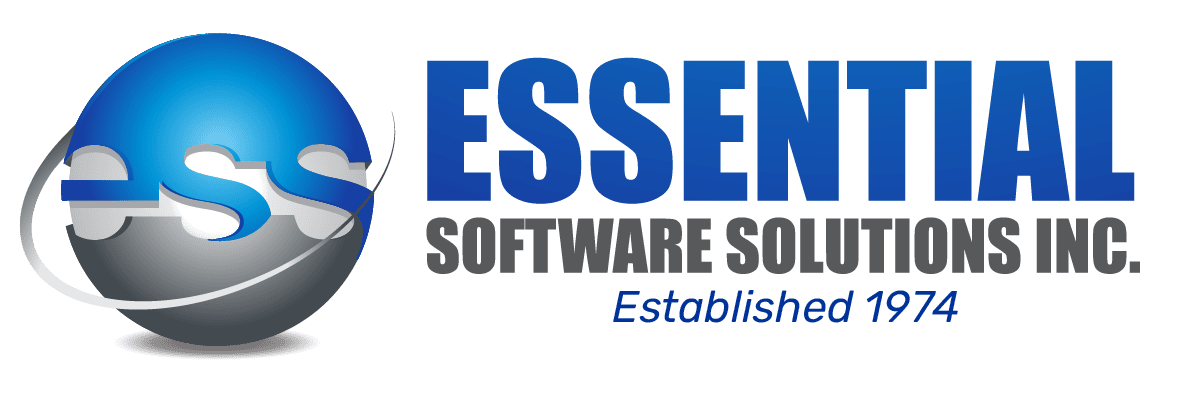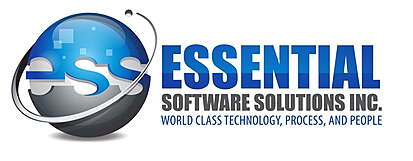There has been a significant amount of discussion regarding Industry 4.0 and how it has completely altered the course of manufacturing. Allowing industry players to utilize disruptive, digital technology in manufacturing and production process has opened up a plethora of intelligent automation opportunities for smarter manufacturing. As with any technology-based upgrade there are a range of benefits - an increase in operational efficiency, improved visibility, a decline in expenditure, accelerated turnaround time and the ability to deliver exceptional customer experiences. However, it is time for the next step in evolution.
With 2021 just around the corner the time has come to turn our attention from Industry 4.0 to Industry 5.0. While the fourth industrial revolution centered around the use of technology to optimize machinery and production techniques, the fifth revolution focuses on an increased level of connectivity between man and machine. Experts are still debating if we are in fact in the midst of a fifth revolution or not, but can most certainly agree that its arrival has been accelerated due to the COVID-19 pandemic.
Manufacturing Trends for The Year Ahead
Despite your views on which phase of the revolution we may currently be in, there is no question about adopting new strategies that harness the power of disruptive technology. In an increasingly competitive environment leveraging innovative, cutting-edge technology can drive long-term success and differentiate your manufacturing organization. Here are some important manufacturing trends to consider for the future.
1. Novel Approaches to ERP
Enterprise Resource Planning (ERP) systems have become indispensable to manufacturers because of their ability to streamline processes with the help of automation, provide accurate information in real-time and reduce costs overall. However, despite all of these advantages, COVID-19 has changed the way manufacturers interact with their ERPs. An increasing number of them have opted to stack agile applications on top of their extant ERP system in an attempt to lighten the burden on the ERP itself. Others have taken a data-oriented approach to their ERP upgrade. This approach has allowed them to move and consolidate data while building tangent functions with no need for replacing or modifying their ERP significantly. Both approaches drive greater business agility and faster time to market.
2. Using Predictive Maintenance to Stay on Schedule
Any downtime in production bleeds money – in fact an hour’s downtime can cost over 100,000 dollars. This is why it is imperative that all equipment and machinery functions at optimum levels. Predictive maintenance and analytics allow manufacturers to tackle problems ahead of time. They can monitor equipment performance using metrics and automate data collection with IIoT technology. This process can save a substantial number of hours and money by helping you repair equipment and machinery ahead of time so as to keep production running uninterrupted.
3. The Industrial Internet of Things (IIoT)
The essence of IIoT is how it keep enables greater levels of interconnectivity between devices and infrastructure and therefore improves decision-making based on this real-time visibility and insight. This enables manufacturers have to optimize operations, achieving targets and goals while reducing cost and increasing efficiency. COVID-19 has also highlighted the practicality of IIoT due to the restrictions on contact. IIoT has enabled remote monitoring and predictive maintenance of machinery in a time where human intervention can be a life-threatening due to the coronavirus. IIoT enabled devices and systems make it possible to monitor equipment from a safe distance and identify potential issues before they even happen. It enables faster response remotely as human technicians can get an understanding of issues and how to fix them, without the time needed to travel to the job site.
4. Reevaluate Shoring and Sourcing
Reshoring was already well under way even before the pandemic touched down due to several economic reasons. COVID-19 has now boosted such initiatives as manufacturers are beginning to reconsider sourcing as well. The outbreak has highlighted the extent to which many manufacturers are dependent on offshore production. With the pandemic causing a great deal of disruption to the global supply chain we can expect both reshoring and near-sourcing to be leading trends heading into 2021.
5. Touchless Service Models Supported by AR & VR
The field service area of manufacturing has been highly affected by COVID-19, by preventing technicians from going on site to repair or install new equipment. Thankfully, Augmented Reality (AR) and Virtual Reality (VR) technologies have been helpful in assisting customers by walking them through basic trouble shooting and repairs. This opens up a number of exciting opportunities for manufacturers. Customers were previously reluctant to engage in touchless service options and often preferred a service executive come in person. Now with Coronavirus restrictions people are more willing to try a remotely conducting repairs.
6. Enhanced Big Data Visibility
An increased interest in IIoT and predictive maintenance automatically implies an emphasis on big data. Every surface is likely to be transformed into a source for gathering data in order to generate real-time insights for manufacturers to use. This ability to gather information from a variety of touch points can give your manufacturing executives enhanced capabilities when it comes to utilizing the data in cross sections. It also gives them a comprehensive understanding of their business so that they can make more informed decisions for better outcomes.
7. 3D Printing for Affordable Faster Production
3D printing is a great tool for making prototypes and troubleshooting any new products in the pipeline. It is also a great way to manufacture on-demand as opposed to manufacture and store in a warehouse. 3D printing has achieved wonders in its ability to produce at accelerated speed and limited expense. Thanks to the advent of this additive manufacturing technique manufacturers can complete tooling onsite within a matter of days, making it a fixture within the automotive and aerospace manufacturing industries.
If you’d like to explore leveraging technology to boost your business in these challenging times, we would be glad to help. Essential Software Solutions has Industry 4.0, ERP and Cloud expertise and over 4 decades of experience supporting businesses across Canada in expanding market share and boosting revenue. Reach out to our team at ESS to find out more.











